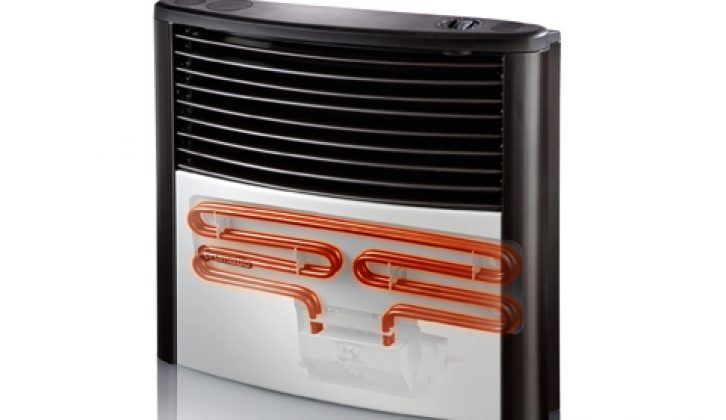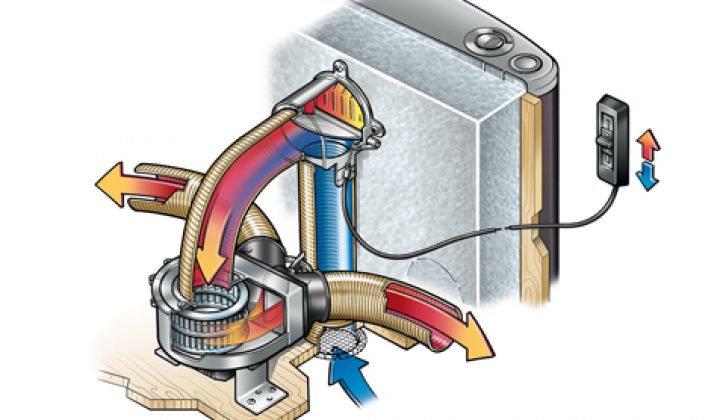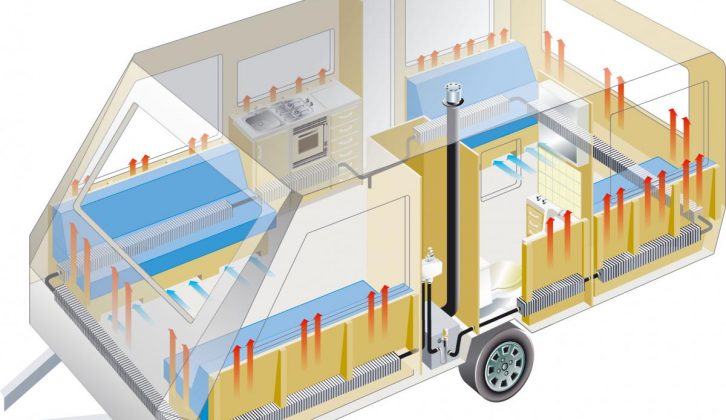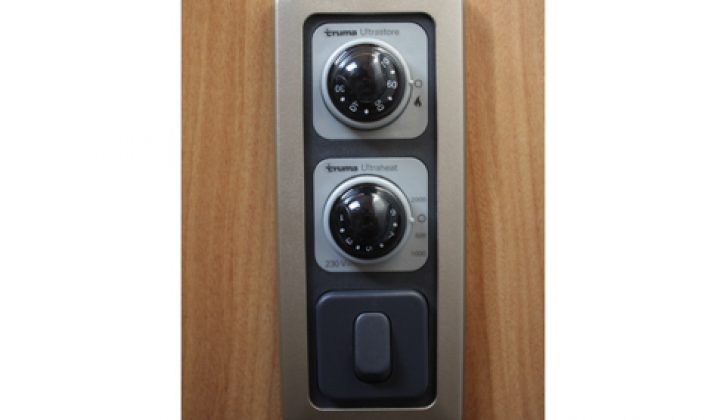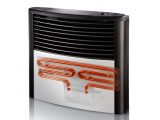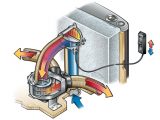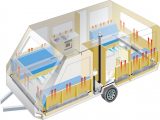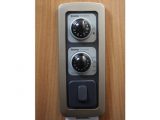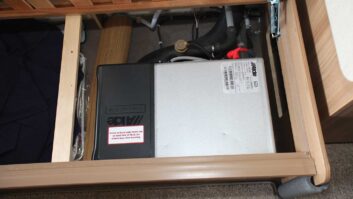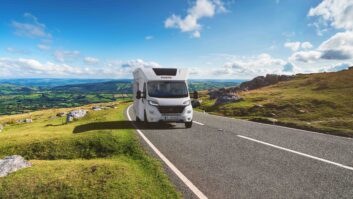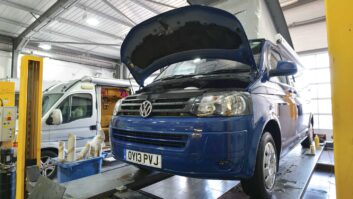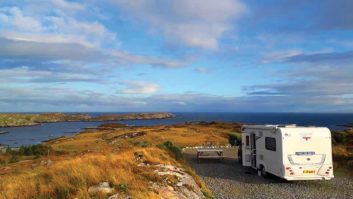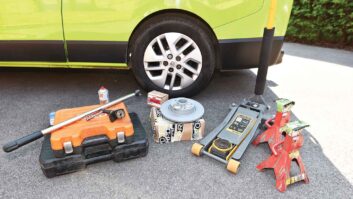NO MATTER WHEN YOU GO TOURING, it’s essential that your heating system is working correctly and that you’re familiar with how to get the best out of it.
This will be vital if you’re considering staying on campsites over the winter, when temperatures at night will typically hover around 0˚C or lower. This may sound terrifying, but it needn’t be. Heating systems fitted to modern ’vans will keep you warm in these conditions, and improvements to insulation mean that more of the precious heat generated will stay where it’s needed – in your motorhome.
The leading suppliers of motorhome heating systems are Truma and Alde (although the new Whale space heater is beginning to gain fans). Truma’s blown-air system is fitted to most new ’vans on the market, although Alde’s wet central heating system is gaining in popularity. Both systems can work off electricity, gas or a mix of the two.
Truma systems
A typical Truma configuration in older motorhomes consists of the Trumatic S3002 gas heater, complemented by an Ultraheat 230V electric heater. Heat is distributed throughout the ’van by a Trumavent fan unit, which pumps warm air through pipes and vents fitted behind and underneath the[tl:gallery index=1 size=215×129]cabinetwork. In recent years, the Truma Combi has become the most popular and is usually housed under a seat bench. It provides blown air and hot water.
Alde systems
The Alde system fitted as standard to some high-end motorhomes is similar to domestic central heating. [tl:gallery index=2 size=215×129]Fluid is heated by a boiler and circulates through radiators fitted along the motorhome’s walls. The same boiler provides the ’van’s hot water.
Heating advice: keep everything toasty
We’ve asked the experts at Truma and Alde for tips on how to get the most out of your motorhome’s heating this winter. Although blown-air and central-heating systems work differently, the principles are the same.
Follow this advice and you’ll be warm and toasty this winter, whatever the weather:
• Use gas and electricity sources together for greater efficiency
• Use propane (orange bottle) instead of butane (blue bottle), as it works
at lower temperatures
• Don’t let the ’van get too cold; use an even temperature rather than bursts of high heat
Improve efficiency
1. Read the instructions
Sounds simple, but being familiar with your heater’s instruction manual will save you time setting up and operating the system. It will also provide you with trouble-shooting tips.
2. Choose the right source
Both the Truma and Alde systems can work on gas or electricity, or both, so if one power source isn’t available, you’ve got the other one to fall back on.
3. Dial it in
The Trumatic unit has two dials:[tl:gallery index=3 size=215×129] the thermostat for the Trumatic S3002 gas heater and one for the Trumavent fan. The Ultraheat 230V electric heater is controlled using a dial on the wall of the ’van, while the Combi has a second, power source selector dial. The Alde system uses a digital control panel, which is fully covered in its instruction manual.
4. Keep the heat in
Close windows and the ’van door. ’Van insulation is improving, but bear in mind that when a heating system attains thermostat temperature, it will shut down and the heat will start to dissipate.
5. Make a drying room
To dry off any wet clothes after a wintery walk, close the air ducts at the front of the ’van and direct the blown air into the washroom. Hang any wet garments in there, pop out for a meal or a drink and within a couple of hours your togs will have started to dry out.
6. Plan ahead
Don’t expect your heating system to warm the motorhome through instantly. A blown-air system needs around 20 minutes, while central heating can take up to half an hour to get up to temperature. Plan ahead and turn on the heating before you want to use it. Alde’s control panel has a digital timer, for example.
To see a helpful video clip on how to use your Truma Ultrastore heater, please click here!
